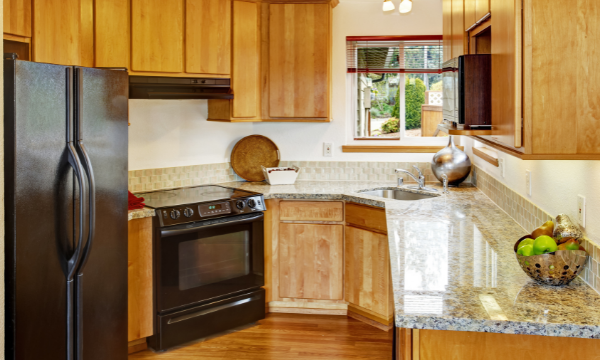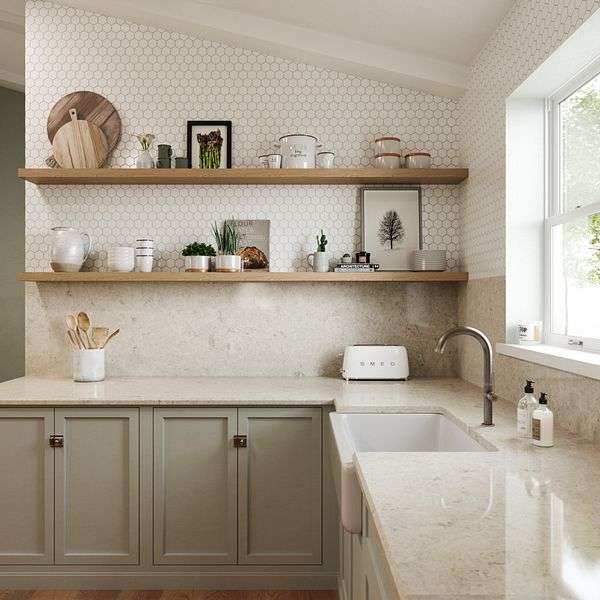Introduction
In today’s rapidly evolving world, technology continues to transform our lives in ways we never thought possible. The countertop industry is no exception, with new tools and techniques continually improving the way we measure and install these essential surfaces. In this blog post, we’ll delve into the two main methods of measuring for countertops – digital laser technology and traditional methods – comparing their advantages and disadvantages.
Traditional Methods: Tried and True, But With Limitations

While traditional methods of measuring countertops have been reliable for years, they come with certain drawbacks compared to digital laser technology:
- Human Error: Traditional methods rely on manual measurements using tools like tape measures and straight edges. This leaves room for human error, which can lead to inaccuracies and potential issues during installation.
- Time-Consuming: Measuring countertops using traditional methods is a labor-intensive process that requires more time and effort. This can slow down the overall project timeline and increase costs.
- Limited Flexibility: Traditional methods often involve creating physical templates from materials like cardboard or plywood, which can be cumbersome and difficult to transport. These templates may also be less accurate than their digital counterparts.
Digital Laser Technology: The Future of Countertop Measurements

Digital laser technology has been a game-changer for the countertop industry, offering unmatched precision, efficiency, and accuracy. Here’s what makes it stand out:
- Accuracy: Digital laser technology uses advanced lasers to capture precise measurements, reducing the likelihood of errors. This level of accuracy ensures a perfect fit for your countertop, eliminating gaps and minimizing the need for adjustments during installation.
- Speed: Measuring with a digital laser device is considerably faster than traditional methods, as it requires less physical effort and can instantly provide the necessary data. The time saved during this process can be spent on other aspects of your project.
- Digital Templates: One of the most significant benefits of digital laser technology is the ability to create digital templates. These templates can be easily shared with fabricators and installers, streamlining communication and reducing the chances of misunderstandings.
Conclusion
- Both digital laser technology and traditional methods have their merits and drawbacks. However, the accuracy, efficiency, and convenience offered by digital laser technology make it the preferred choice for many homeowners and professionals alike. While traditional methods may still have a place in specific situations, the shift towards digital laser technology is clear, revolutionizing the countertop industry and paving the way for a more streamlined, precise, and hassle-free experience.












































 [
[

















